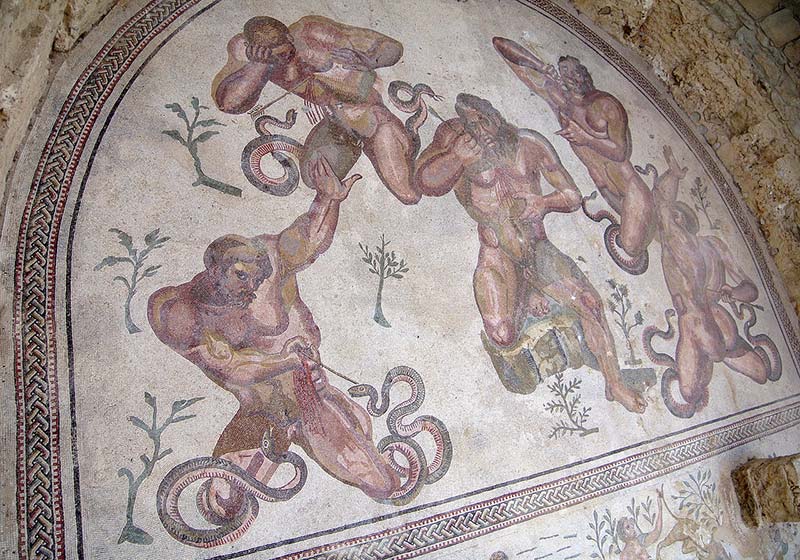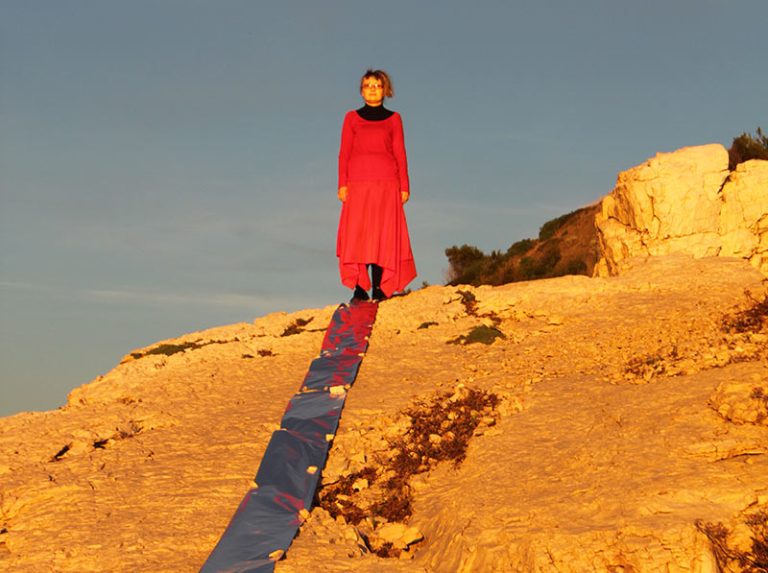According to Djamila Fellague, lecturer in art history, archeology and antiquity at the University of Grenoble, the New York authorities returned, in September 2023, false Roman mosaics to Lebanon, as part of an operation restitution of stolen antiquities.
Academic says eight of nine mosaics are fakes “relatively easy to detect”. “Research and iconographic comparison lead very quickly to the identification of the models used for the [fausses] mosaics », she explains during a conference on the subject, Thursday October 23. She concluded that “the originals are well-known works in archaeological sites or museums in Sicily, Tunisia, Algeria and Turkey”. For example, one of the mosaics depicting a giant is said to have been copied from a section of famous mosaics at the Villa Romana del Casale in Sicily, a Unesco World Heritage site. Another, representing the sea god Neptune and Queen Amphitrite, borrows heavily from an original found in Constantine and kept in the Louvre since the mid-19th century.
Djamila Fellague suspects that a mosaic workshop of forgers was located somewhere in the Middle East, probably in the 1970s and 1980s, “judging by other pieces that have resurfaced on the art market”.
These suspicions are supported by another expert, Christos Tsirogiannis, a visiting lecturer at the University of Cambridge, who also finds the works unconvincing. “Even if you are not an expert, if you put the fake next to the authentic mosaic, you see how similar they are, but also how the quality is not that good”he explained to Guardian. According to him, the forgers made the mistake of copying well-known mosaics, which have been widely photographed by tourists and which are available on the Internet and in academic publications.
The Manhattan prosecutor’s office ordered the seizure of the works in Georges Lotfi’s warehouse and announced the repatriation of the antiquities to Lebanon on September 7. Georges Lotfi cooperated with the New York prosecutor’s office, in his capacity as a whistleblower who denounced illicit sellers of works of art and looted or falsified treasures. He was the subject, in 2021, of a judicial investigation for the theft of antiquities, at the end of which the United States issued an arrest warrant against him, in March 2022. He is accused of the theft of 24 ancient objects whose ownership is claimed by Lebanon and which are valued at several million dollars. Five of them were said to have left Lebanon during the civil war, between 1975 and 1990.
According to Djamila Fellague and Christos Tsirogiannis, too many documents were returned in haste and often with summary or even non-existent expertise. A DA spokesperson denied the accusations to the Guardian : “For these antiquities to be repatriated, a court had to evaluate our evidence, which included expert analysis of their authenticity and important details of how they were illegally trafficked. The court concluded, based on the evidence – which these people do not have – that the documents are authentic. »







